Perseverance and Ingenuity
Adam Wilde (Apollo 110)
November 2023

The first probe to land on another Solar System body was the Soviet Luna 2 probe, which impacted the Moon in 1959. Since then, increasingly distant planets have been reached, with probes landing on or impacting the surfaces of Venus in 1966 (Venera 3), Mars in 1971 (Mars 3, although a fully successful landing didn’t occur until Viking 1 in 1976), the asteroid Eros in 2001 (NEAR Shoemaker), Saturn’s moon Titan in 2004 (Huygens), the comets Tempel 1 (Deep Impact) in 2005, and Churyumov–Gerasimenko (Philae) in 2014. The Galileo orbiter also dropped a probe into Jupiter’s atmosphere in 1995, this was intended to descend as far as possible into the gas giant before being destroyed by heat and pressure.
As of 2025, three bodies in the Solar System, the Moon, Mars and Ryugu have been visited by mobile rovers. The first robotic rover to visit another celestial body was the Soviet Lunokhod 1, which landed on the Moon in 1970. The first to visit another planet was Sojourner, which travelled 500 metres across the surface of Mars in 1997. The first flying probe on in Solar System was the Vega balloons in 1985, while first powered flight was undertook by Ingenuity in 2020. The only crewed rover to visit another world was NASA’s Lunar Roving Vehicle, which traveled with Apollo’s 15, 16 and 17 between 1971 and 1972.
In 2022, the DART impactor crashed into Dimorphos, the minor-planet moon of the asteroid Didymos, with the explicit purpose of intentionally deviate (slightly) the orbit of a Solar System body for the first time ever, which it accomplished.
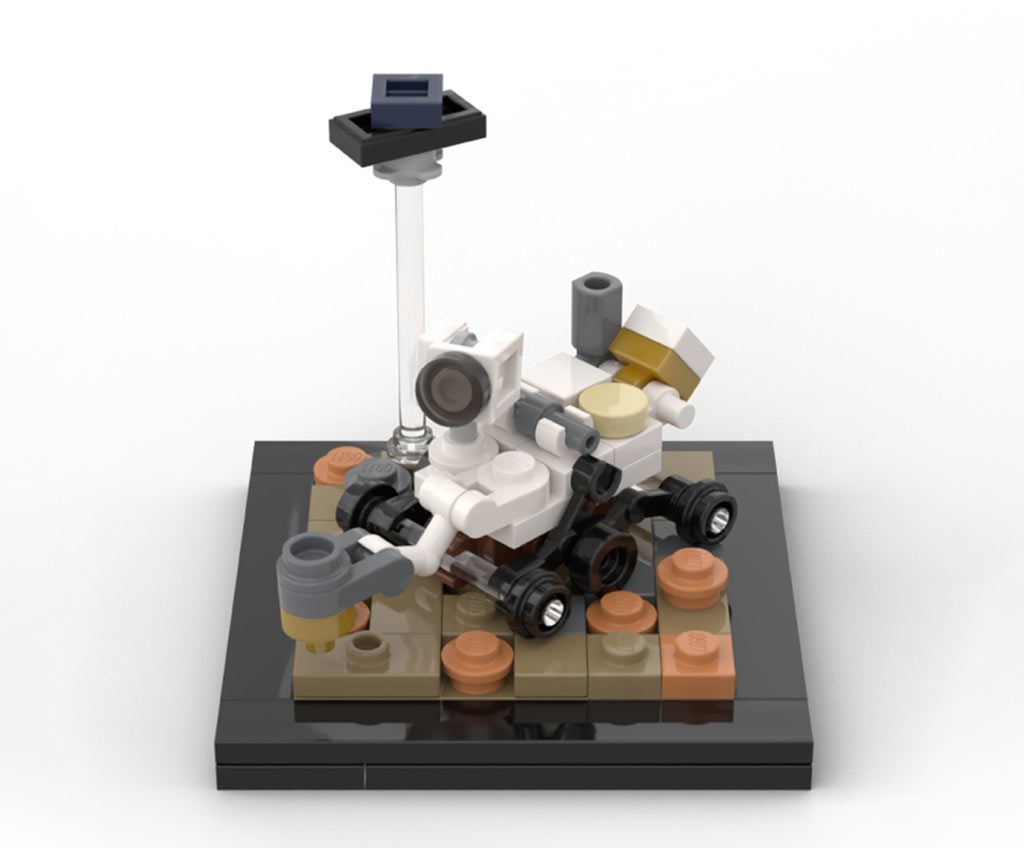
Adam Wilde (Apollo 110)
November 2023
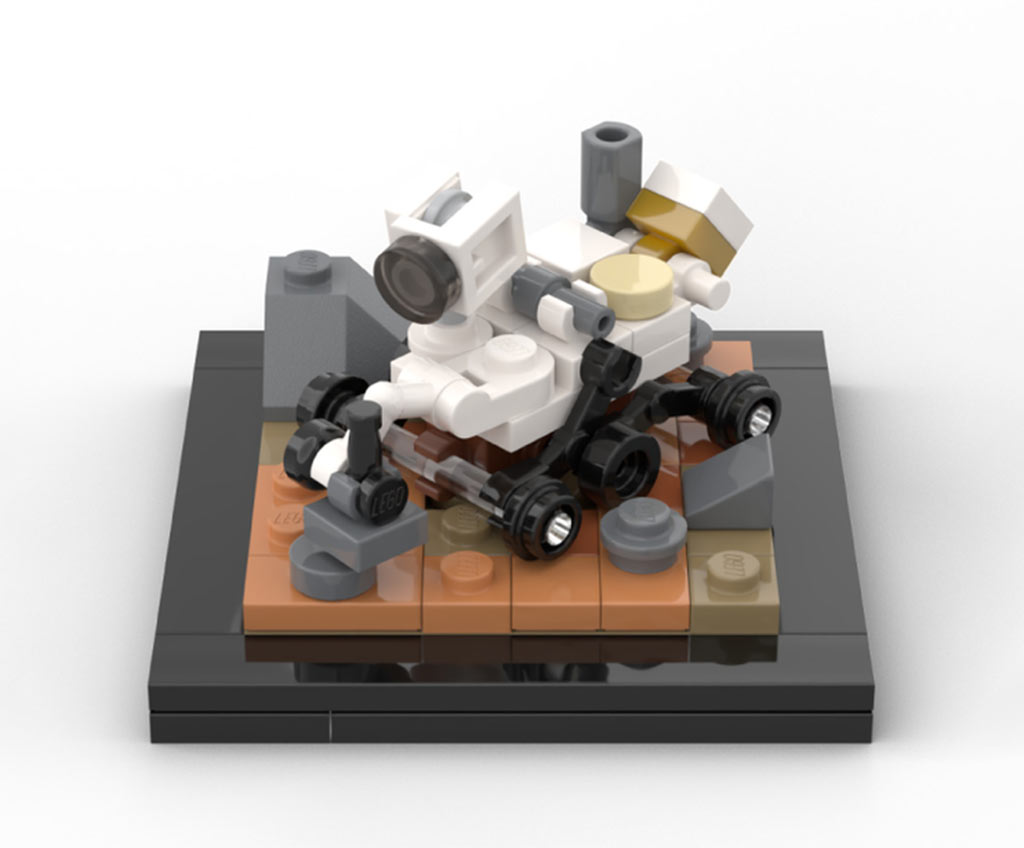
Adam Wilde (Apollo 110)
November 2023
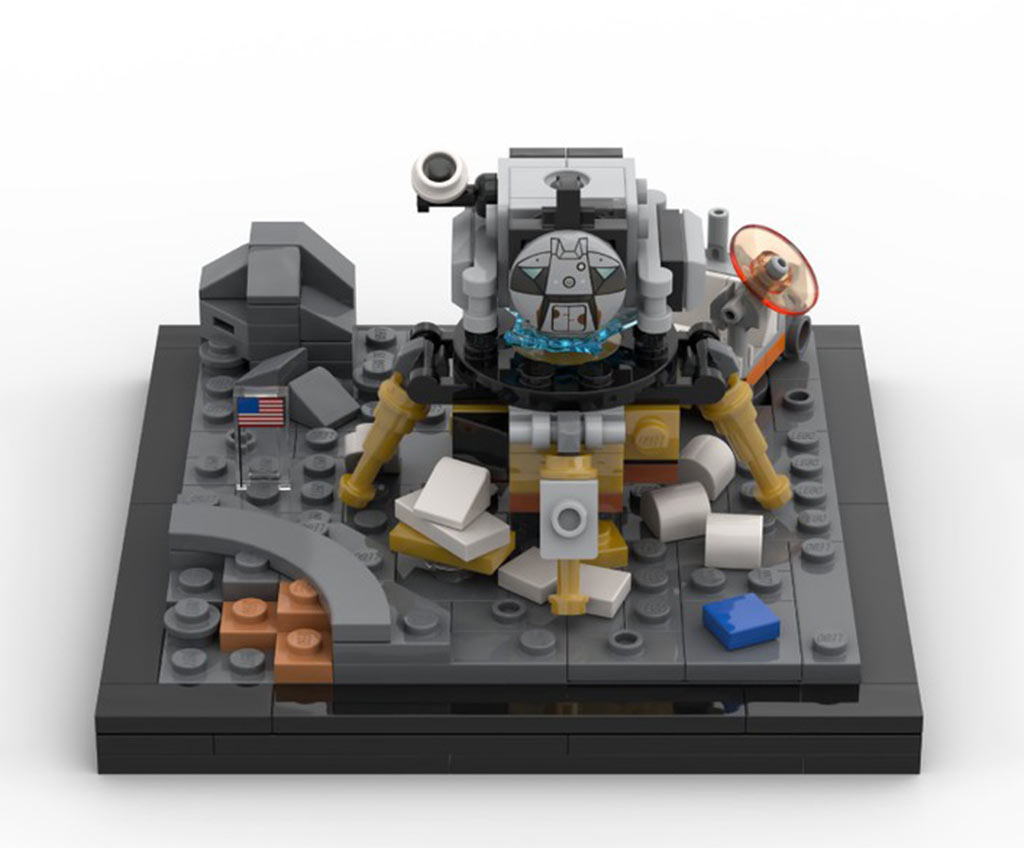
Adam Wilde (Apollo 110)
November 2022
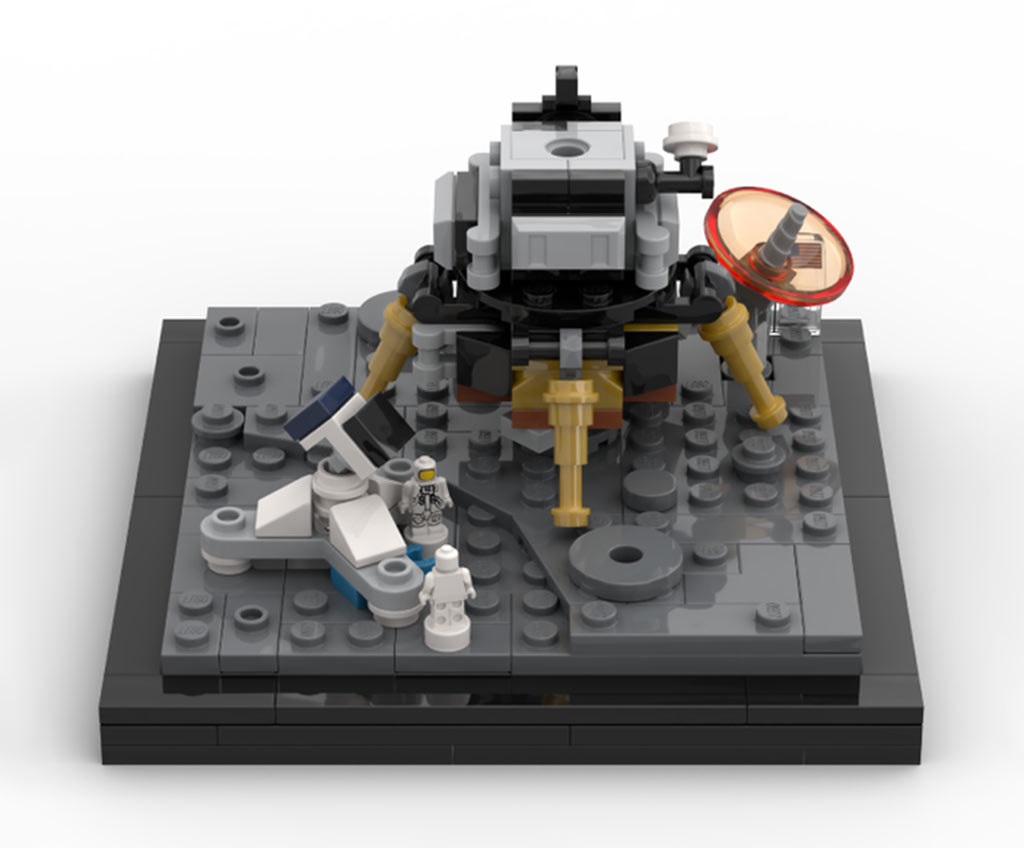
Adam Wilde (Apollo 110)
November 2022
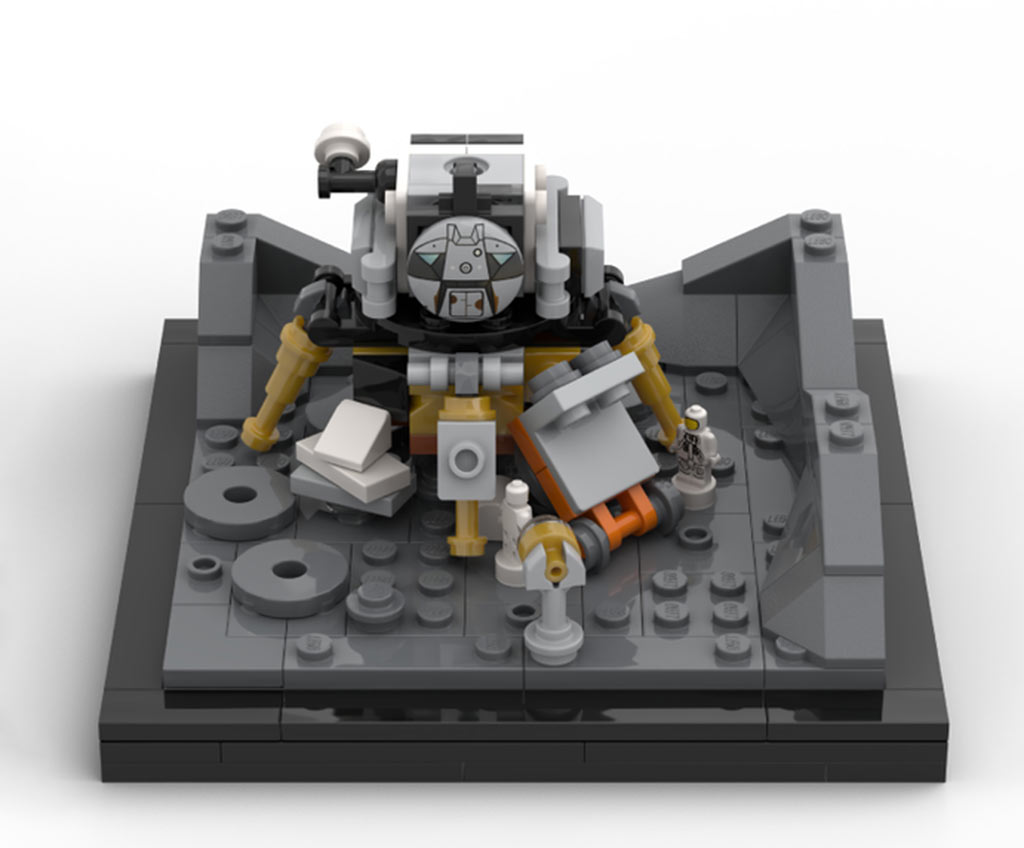
Adam Wilde (Apollo 110)
October 2022
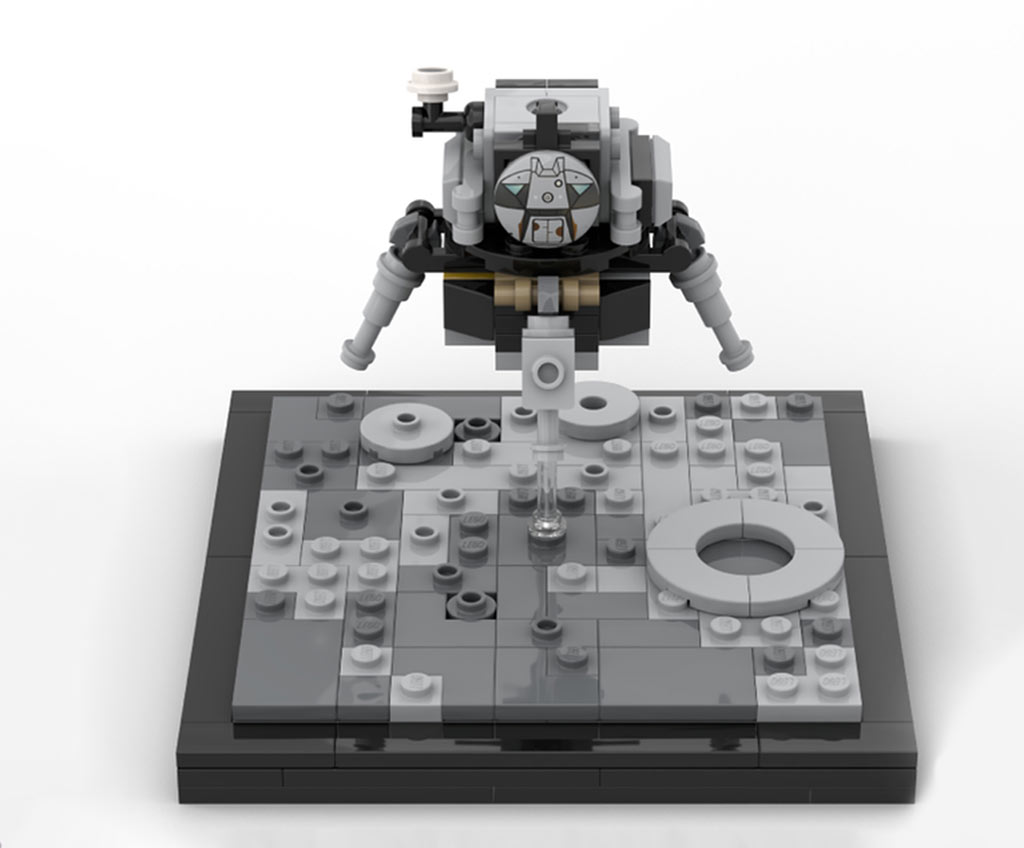
Adam Wilde (Apollo 110)
September 2022
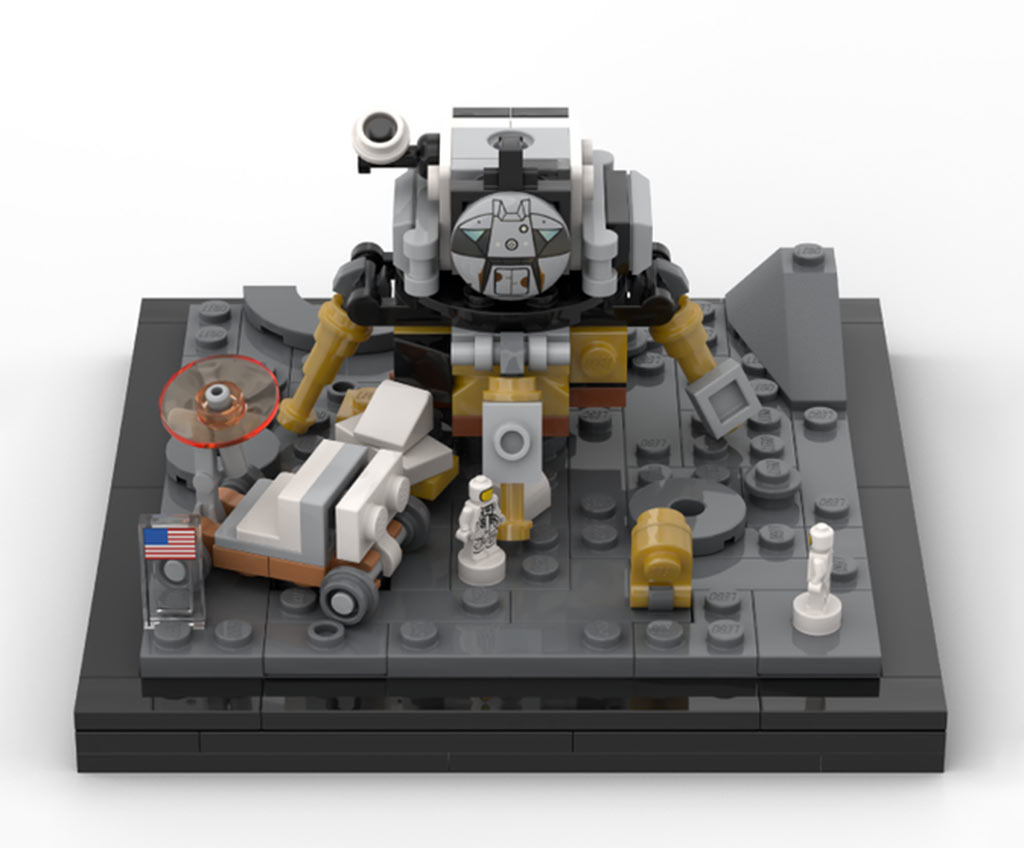
Adam Wilde (Apollo 110)
September 2022
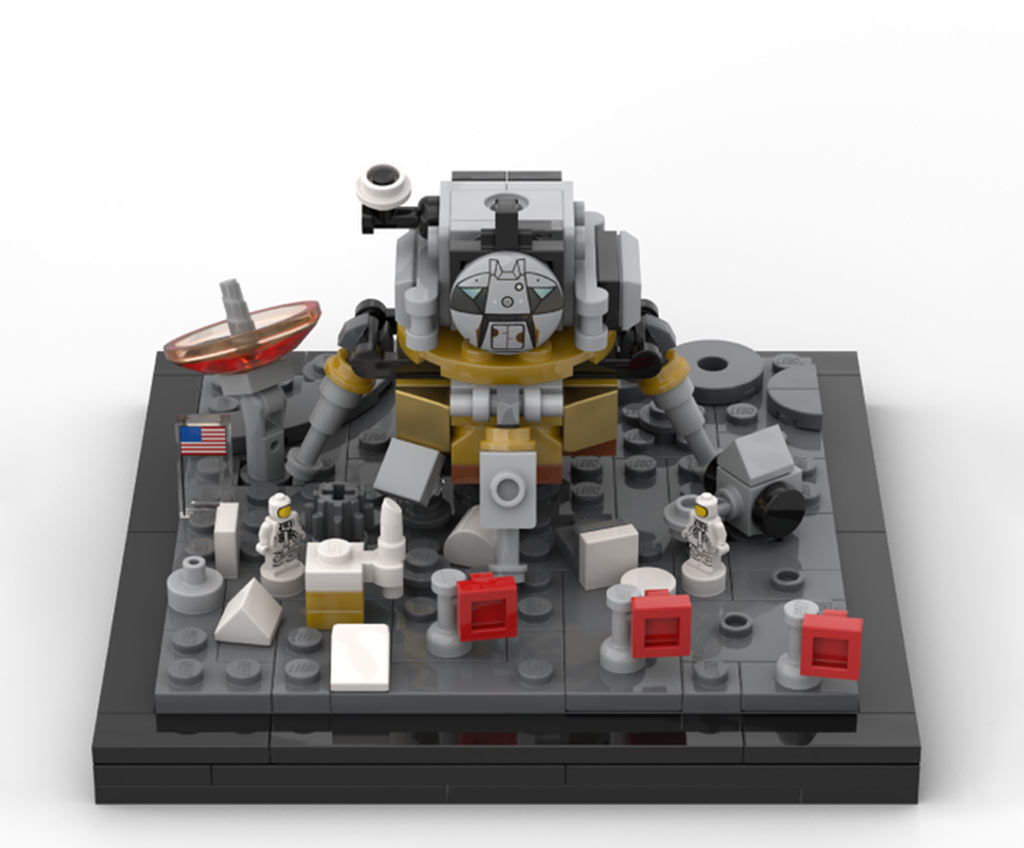
Adam Wilde (Apollo 110)
September 2022
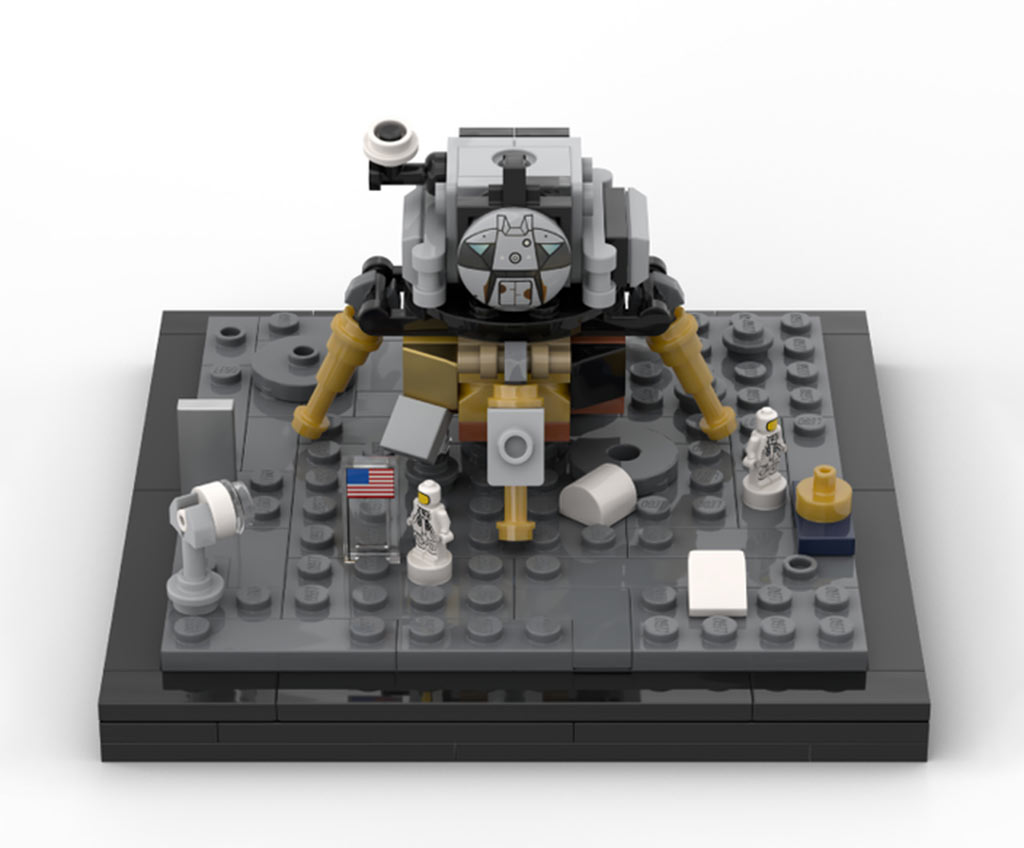
Adam Wilde (Apollo 110)
September 2022